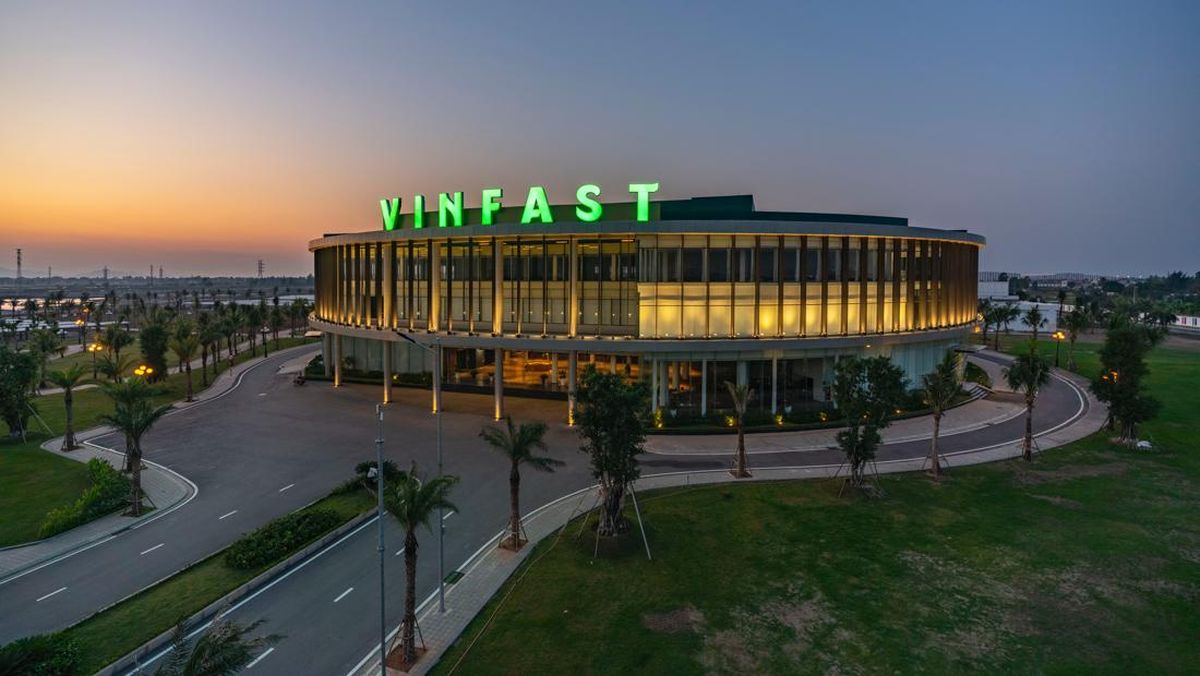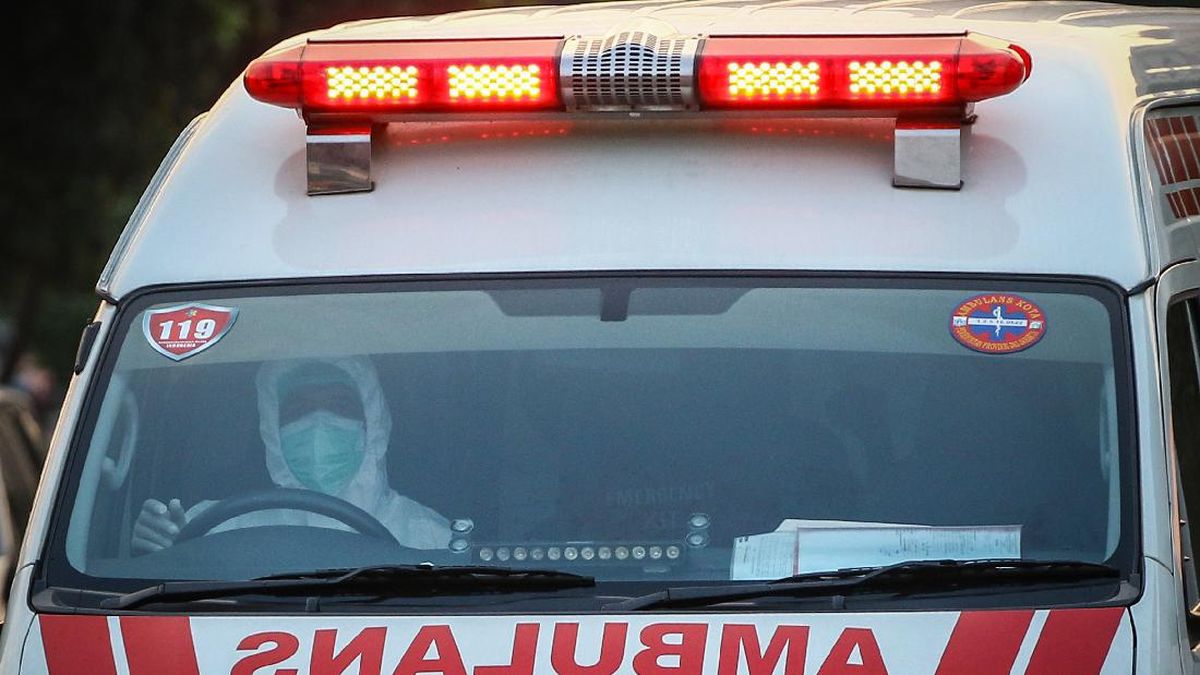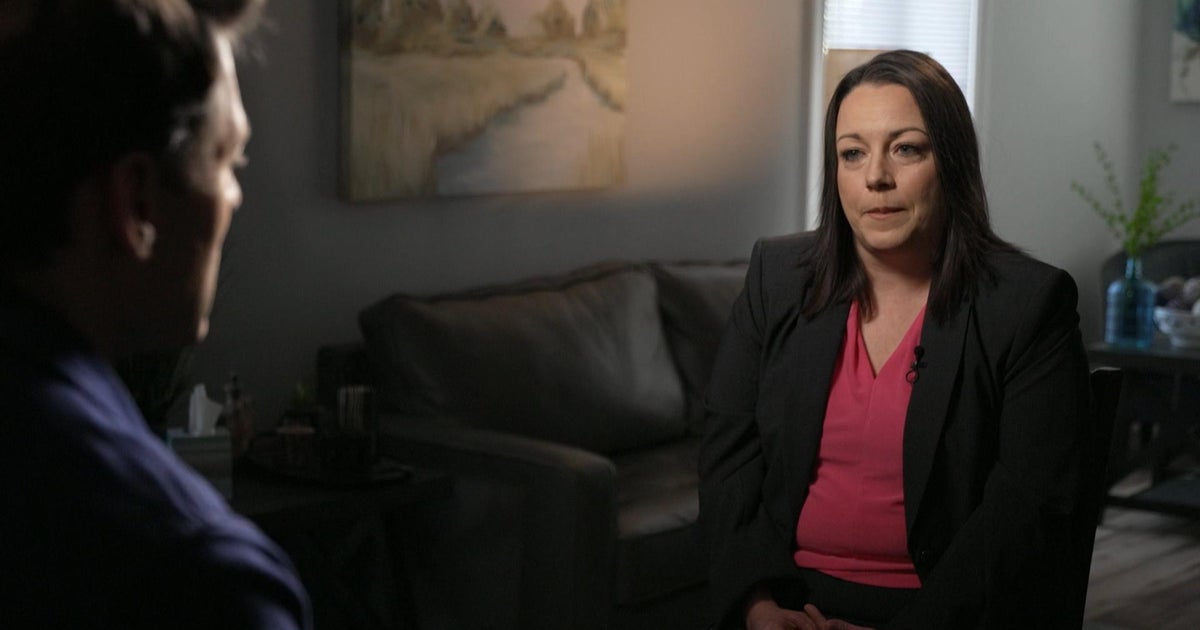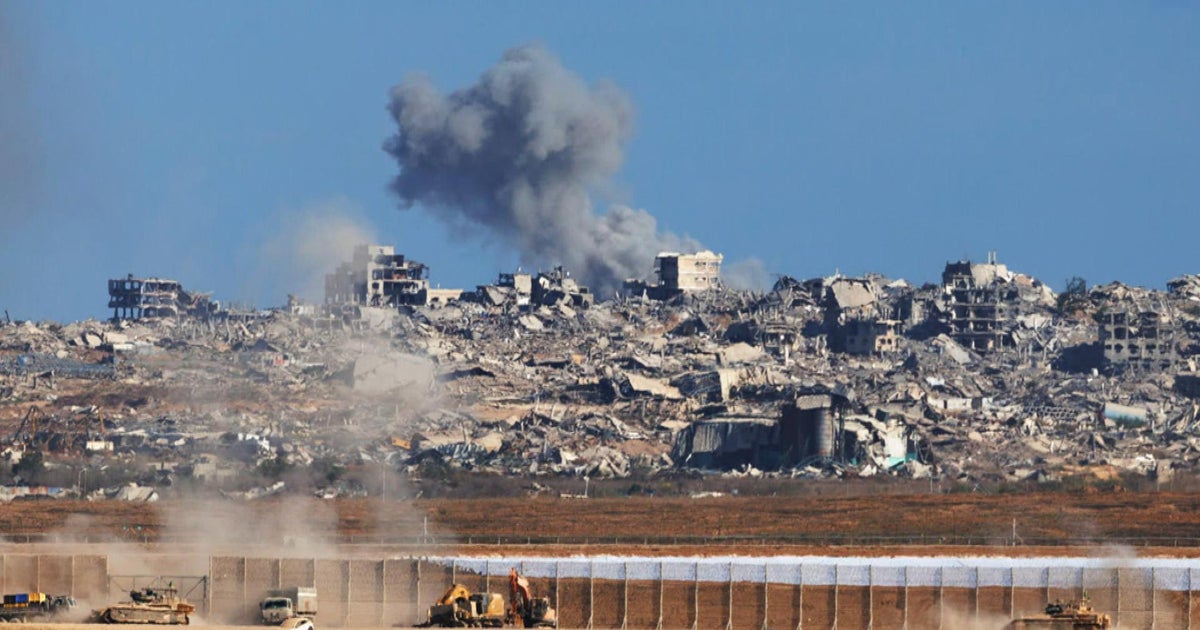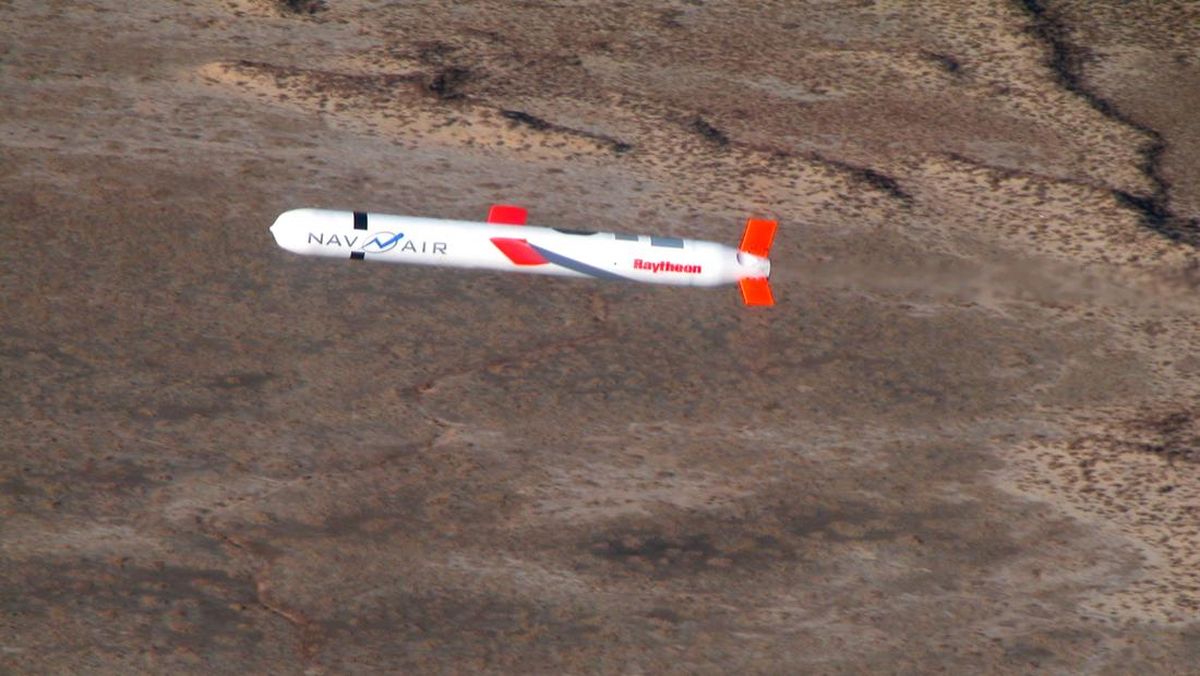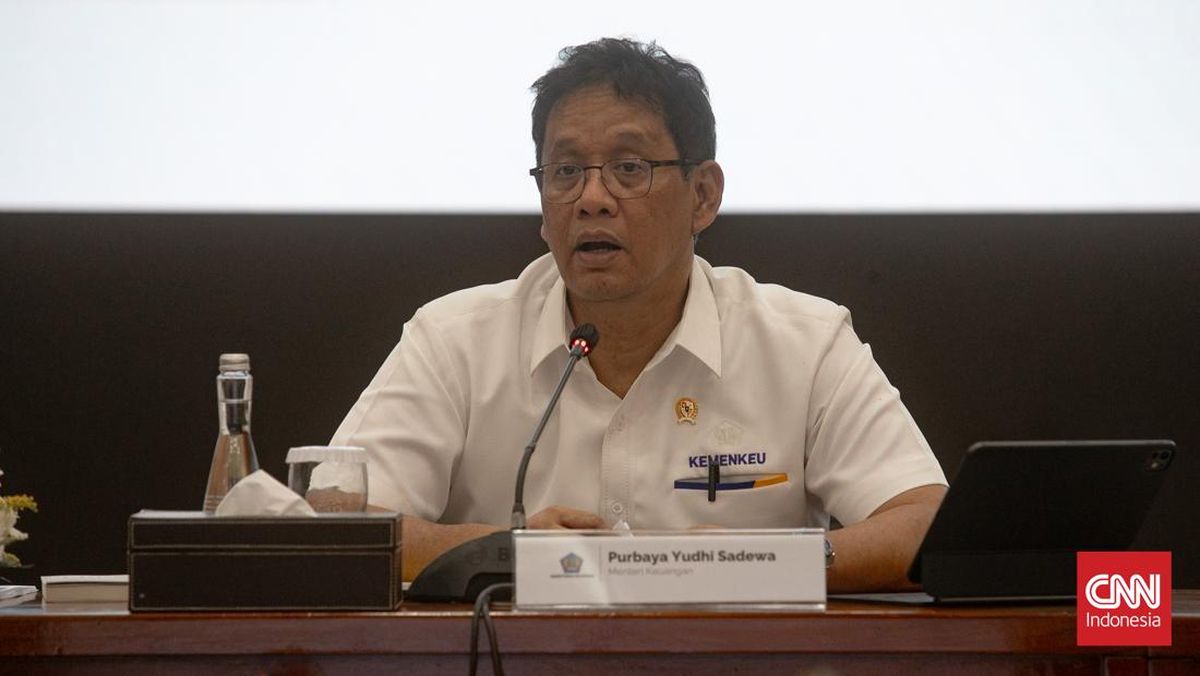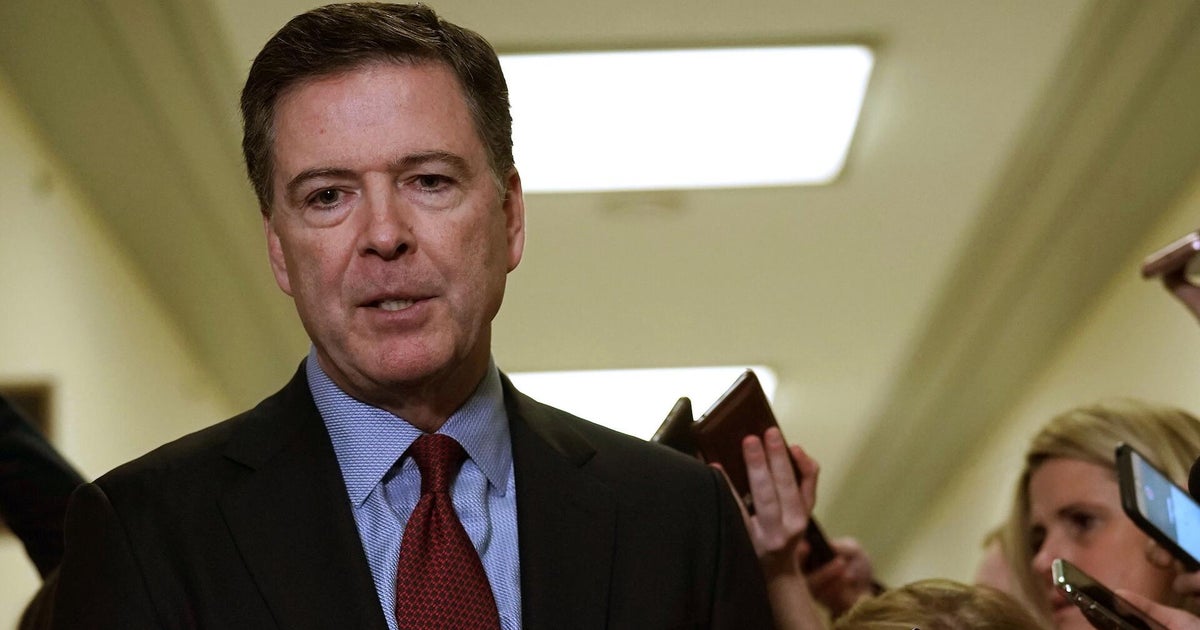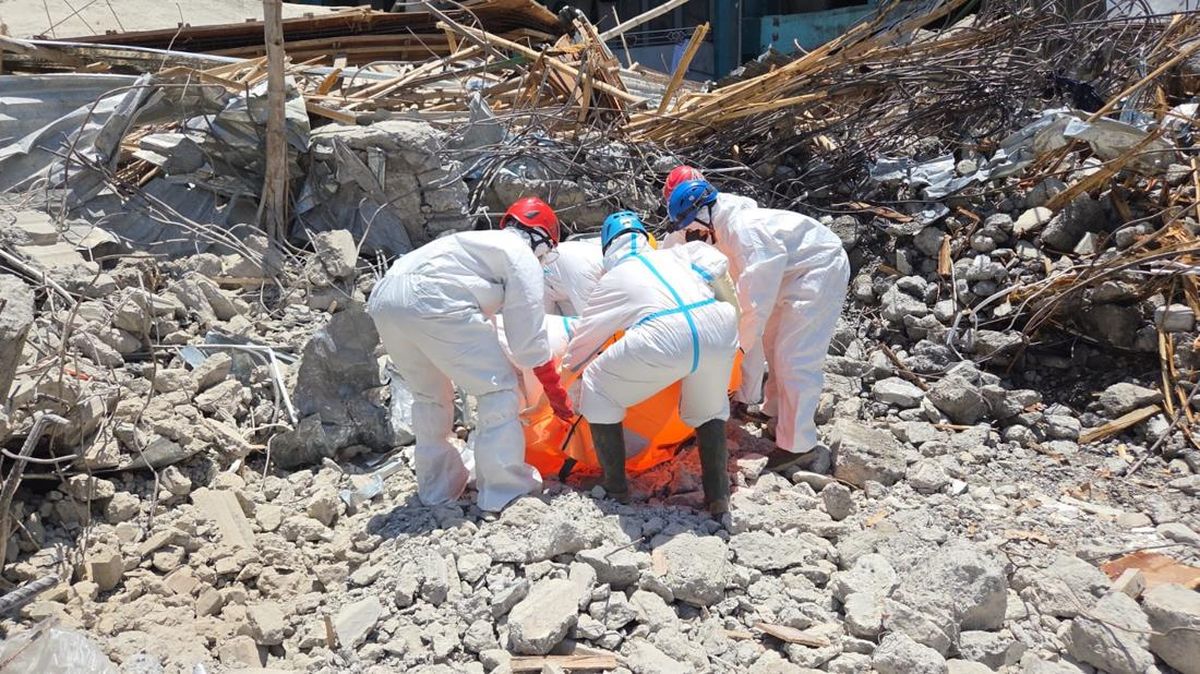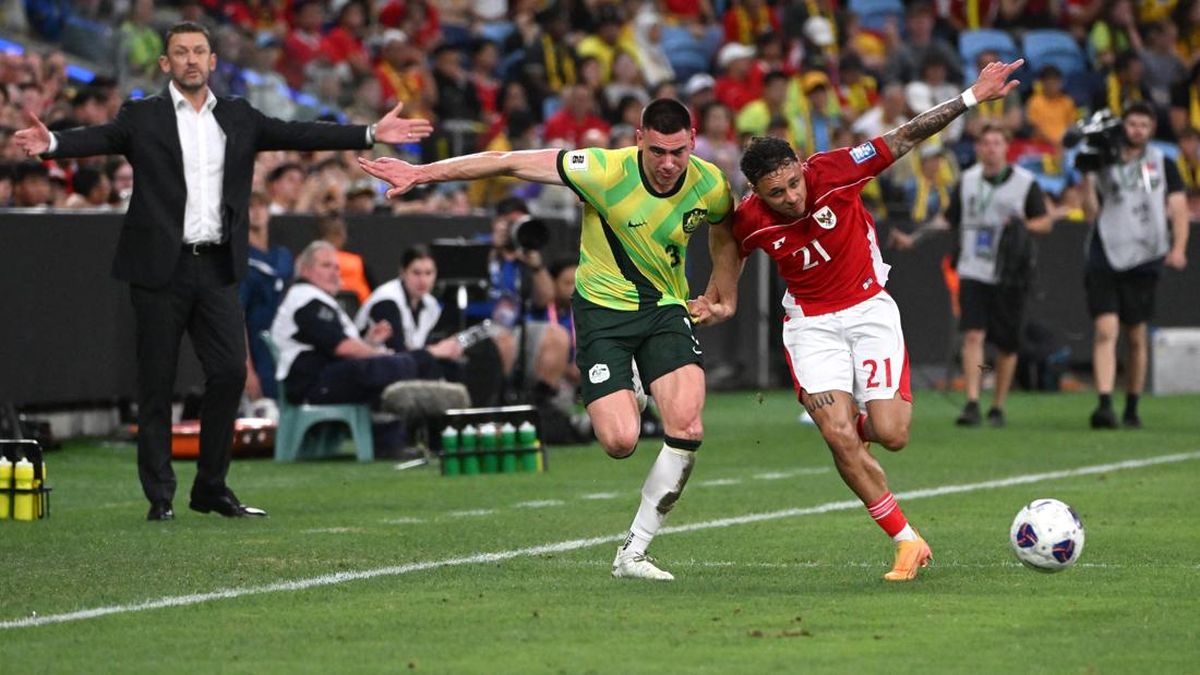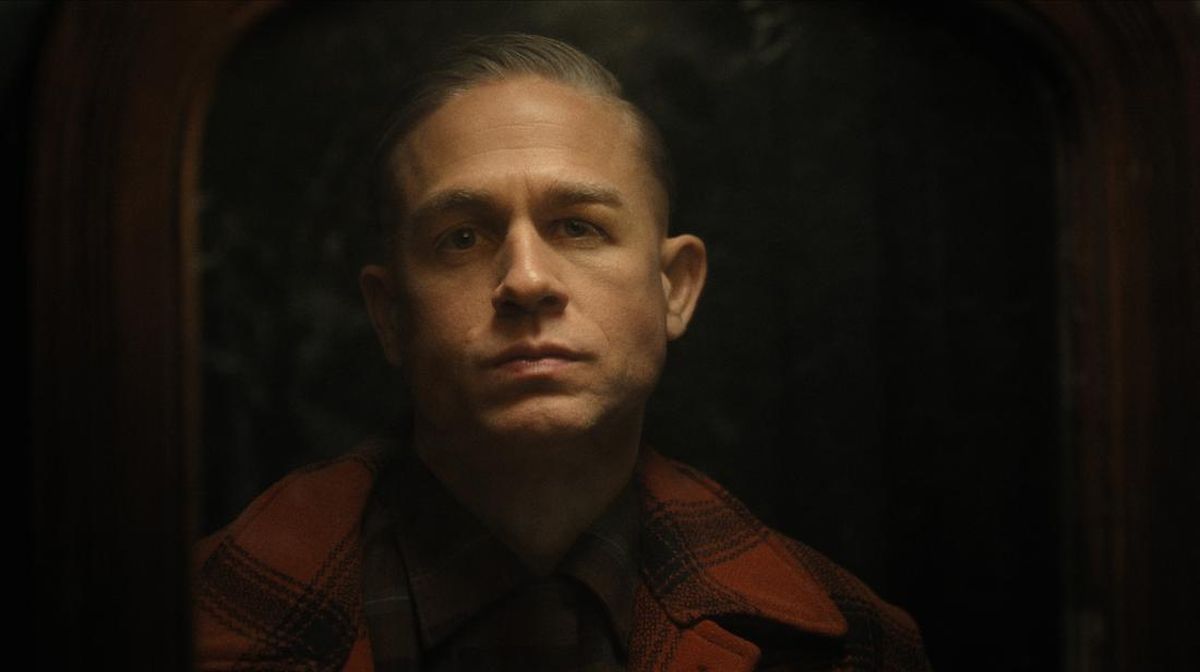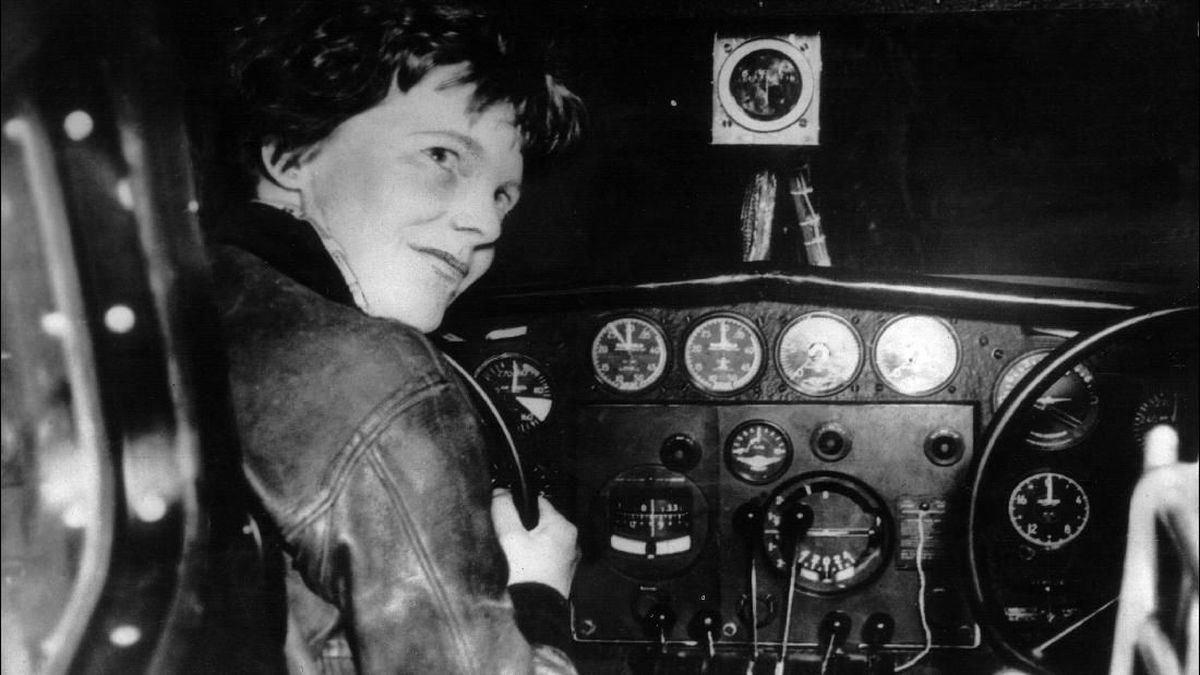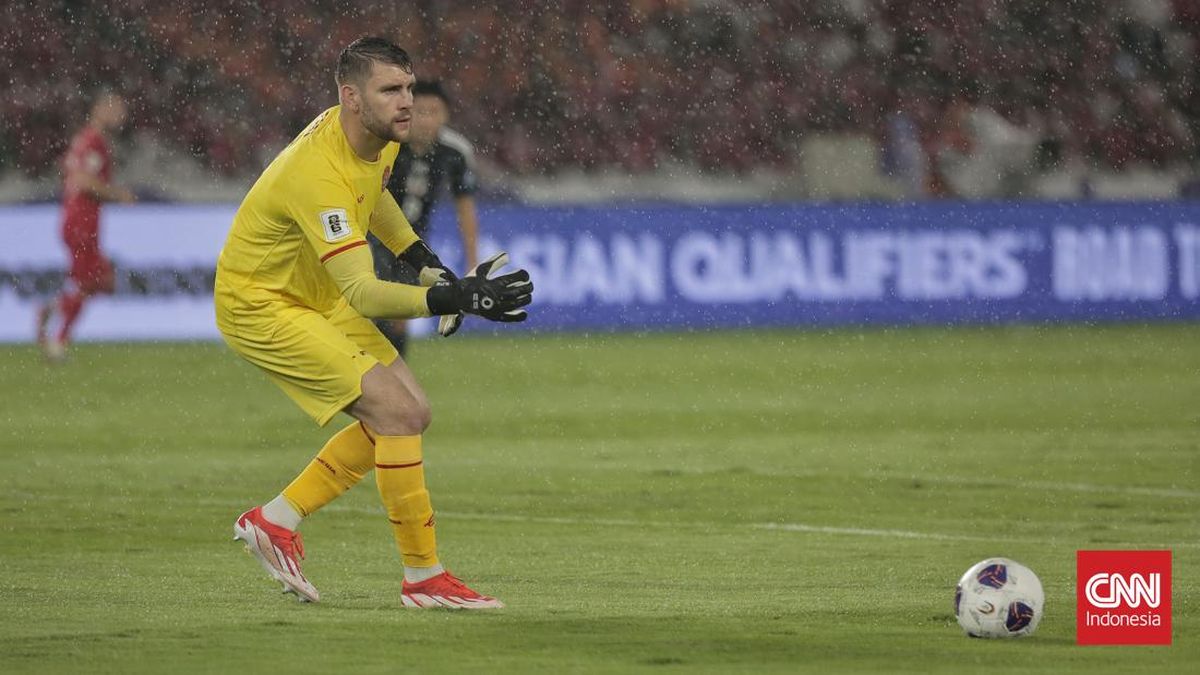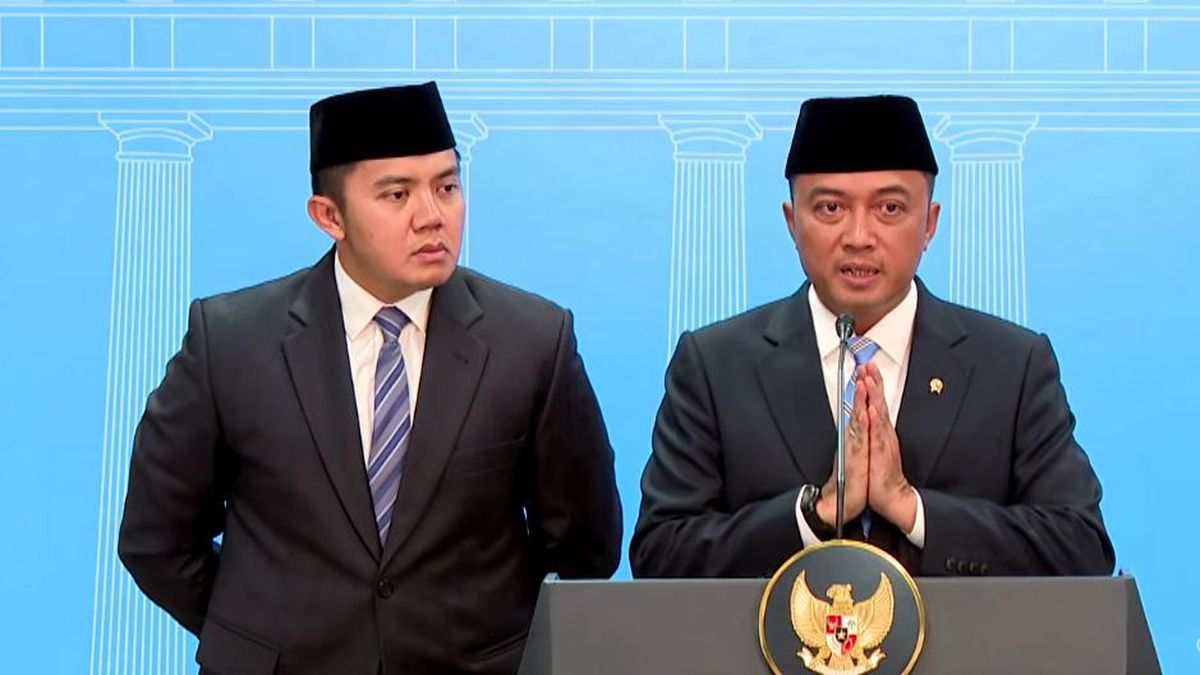Davin Grikis is not an art collector or expert. But when the recruitment specialist found himself between jobs in July, he decided to do some detective work on the painting his wife Holly had inherited from her father.
“I deep-dove into it, probably more for my own curiosity than anything else,” says Grikis, who lives on Brisbane’s southside. “I got a bit obsessed, to tell you the truth.”
The painting, depicting a stone bridge and a Gothic cathedral, was passed down directly from Holly’s great-grandfather, Stanley, to her dad, Dal Wilson, who died in 2019 and bequeathed it to her.
It was always known in the family as “Stanley’s prized Lloyd Rees”, but it lacked an obvious signature and had never been confirmed as such. Dal had made an attempt about the year 2000 to have the painting authenticated, but according to Grikis, “the trail went cold”.

Davin Grikis with his wife’s restored painting. Grikis turned to ChatGPT and Claude to help build a case for its being a Lloyd Rees.Credit: Markus Ravik
Lloyd Rees (1895-1988) was an Australian landscape and cityscape painter born in Brisbane who lived in Sydney for much of his life. Rees works are in all the major public collections in Australia.
“His place in Australian art is kind of unusual,” says Peter Hughes, a senior curator at the Tasmanian Museum and Art Gallery who curated its 2024 Lloyd Rees show.
“He had such a long career, and in that time lots of art movements came and went and he never followed those. He kind of kept on his own track. He was nonetheless respected for this singular approach of his.”
When the bridge picture initially came into Holly’s possession Grikis had it valued by a local expert, who estimated its value as an “attributed to Lloyd Rees” work at $25,000.
“He offered to buy it pretty much on the spot,” Grikis recalls. “That gave us pause. We needed to understand where the painting had come from.”
He sent photos of the painting to galleries that specialised in Rees.
“Being an outsider to the art world, I didn’t know what work was required. I thought I’d get a response within a week or two.”
After five weeks, the Art Gallery of NSW responded.
“They said, ‘It looks like a Lloyd Rees, but we can’t prove it. We’re [noting] it in our archives for our records, thanks and good luck with your efforts.’”
So Grikis did what any sensible 21st-century person would do: he turned to AI.
“At work, I’d been using AI for months to streamline processes,” he says.
Using the Anthropic AI platform Claude, Grikis started a “Lloyd Rees Project” and uploaded everything he could find: provenance details, expert insights, historical references and family interviews.
“I basically said to it, ‘I want an art provenance assistance buddy.’”

Rees was born in Brisbane and lived most of his life in Sydney.Credit: Max Dupain
He asked Claude to find real-world matches to the scene in the painting. He narrowed it down to Chartres Cathedral viewed from the Pont Saint-Hilaire area. But he couldn’t find a view of a single-arched bridge that matched the painting.
Then he turned to ChatGPT’s deep research functionality, which unearthed published reviews of a 1926 group exhibition, held at Grosvenor Galleries on George Street in Sydney, that seemed to be describing his wife’s picture.
The Sydney Morning Herald’s review published March 20, 1926 said, “Lloyd Rees attains a dreamily romantic effect in ‘The River Bank’ ... the picture pleases.”
Cultural journal The Triad reviewed the same show, describing “hard, dark-brown trees in the foreground ... backgrounds so high in tone, they may be there or not”.
Grikis then focused the AI’s attention on proportional relationships in other artworks Rees completed at the time. The 1924 sketch Lennox Bridge, Parramatta and the 1925 painting Crossing Lennox Bridge seemed to have similar content, composition, water reflections, stone rendering and trees to his wife’s painting.
He also discovered Rees would use artistic licence, inventing architectural elements for compositional effect, and often repeat a visual idea through multiple works. The painting was starting to look like the one in a series depicting Lennox Bridge.

On removal the original gold frame was found to be covering faint initials “LR”.Credit: Davin Grikis
Grikis’ next job was to prove a link between Rees and his wife’s great-grandfather, Stanley Eric Wilson.
Through interviewing family members he learned that Stanley had been the chairman of the Farmer & Co department store in Sydney and had played a role in setting up Blaxland Galleries in the store’s building, a place where young artists could exhibit their works.
Grikis established that Rees worked part-time in a commercial art role at Farmer & Co from 1924 to 1935 and that the store hosted an exhibition of Rees’ work shortly after his return from his first visit to Europe.
“Lloyd Rees was one of the first to exhibit there,” Stanley’s eldest granddaughter, Rob, explained to Grikis. “He was so grateful, he gave my grandfather that painting.”
Coincidentally, author Stephen Scheding had recounted a similar quest to authenticate a Lloyd Rees in his 1998 book A Small Unsigned Painting. Grikis contacted Scheding and obtained a list of 150 paintings exhibited between 1920 and 1930, and found The River Bank (1926) on it.
Confident he had identified the work, Grikis compiled a full dossier of all his evidence and sent out emails to about 20 different galleries.
This time he got a much faster response. Samantha Littley, curator of Australian art at QAGOMA in Brisbane, passed the dossier on to Alan Rees, who emailed back within six days to confirm the artwork as being by Lloyd Rees.

The board shows multiple thin, glued veneers characteristic of plywood, consistent with material that Rees used in the 1920s.Credit: Davin Grikis
“It is based on Lennox Bridge in Parramatta, suitably modified as dad often did,” Alan Rees wrote.
Grikis subsequently revised his guess about the painting’s setting, as Lloyd Rees did not get to Chartres during his 1923 visit to France. He thought Lloyd may have been inspired by St Patrick’s Cathedral, a modest French Gothic Revival building just beyond Lennox Bridge.
“But Alan Rees suggested the cathedral may reflect Saint-Ouen Abbey in Rouen in France, which Lloyd visited in 1923. It’s possible that with little beyond Lennox Bridge visible, he idealised the background to complete the picture.”
Peter Hughes confirms that Rees liked to “make stuff up”.
“People expect his landscapes to be topographically accurate, but they seldom are,” Hughes says. “It was more a kind of poetic image that he was wanting to evoke.”
Grikis says he found the art industry “quite impenetrable” as a newcomer. “How many [owners of] attic paintings have walked into galleries only to be turned away?” he muses.
By contrast, he found AI an invaluable help: analysing architectural elements in paintings; cross-referencing Rees’ travel dates with the Farmer & Co employment records; and identifying which AGNSW and library collections might contain relevant materials.
“There is no way I could have done it without AI,” he says.
He admits his digital helper would sometimes glitch out on the subject of value.
“It’s a bit of an echo chamber. It tells you that the painting might be worth more than it actually is.”
Grikis’ DIY approach mirrors disruptions in the art authentication industry by companies such as Switzerland’s Art Recognition and London-based Hephaestus Analytical.
Denis Moiseev, the founder and CEO of Hephaestus (now known as Art Discovery following a merger), told ARTnews that “machine learning provided a way of scientifically identifying the unique characteristics in an artist’s work” but that AI itself is “not a silver bullet” and needed to be used along with scientific testing and human expertise.
Loading
“While the results can be highly precise and promising, leading art market participants, many of whom are our clients, will not accept an AI certificate in isolation,” Moiseev told this masthead.
Such services do not come cheaply: Hephaestus quotes a full authentication protocol at about £10,000 ($20,400), and AI analysis on its own at £2500 ($5100) per painting.
As for Grikis, he feels he has gained “a deep appreciation” of Rees’ art, and looks forward to getting the painting revalued.
Now its provenance is beyond dispute, he hopes it can be exhibited publicly, and has contacted galleries to suggest this.
There’s a “circularity”, Grikis feels, to the picture ending up in Brisbane.
“We’re only one kilometre away from where Rees was born in Yeronga, so after 100 years in Sydney, the painting’s sort of coming full circle.”
Start the day with a summary of the day’s most important and interesting stories, analysis and insights. Sign up for our Morning Edition newsletter.

